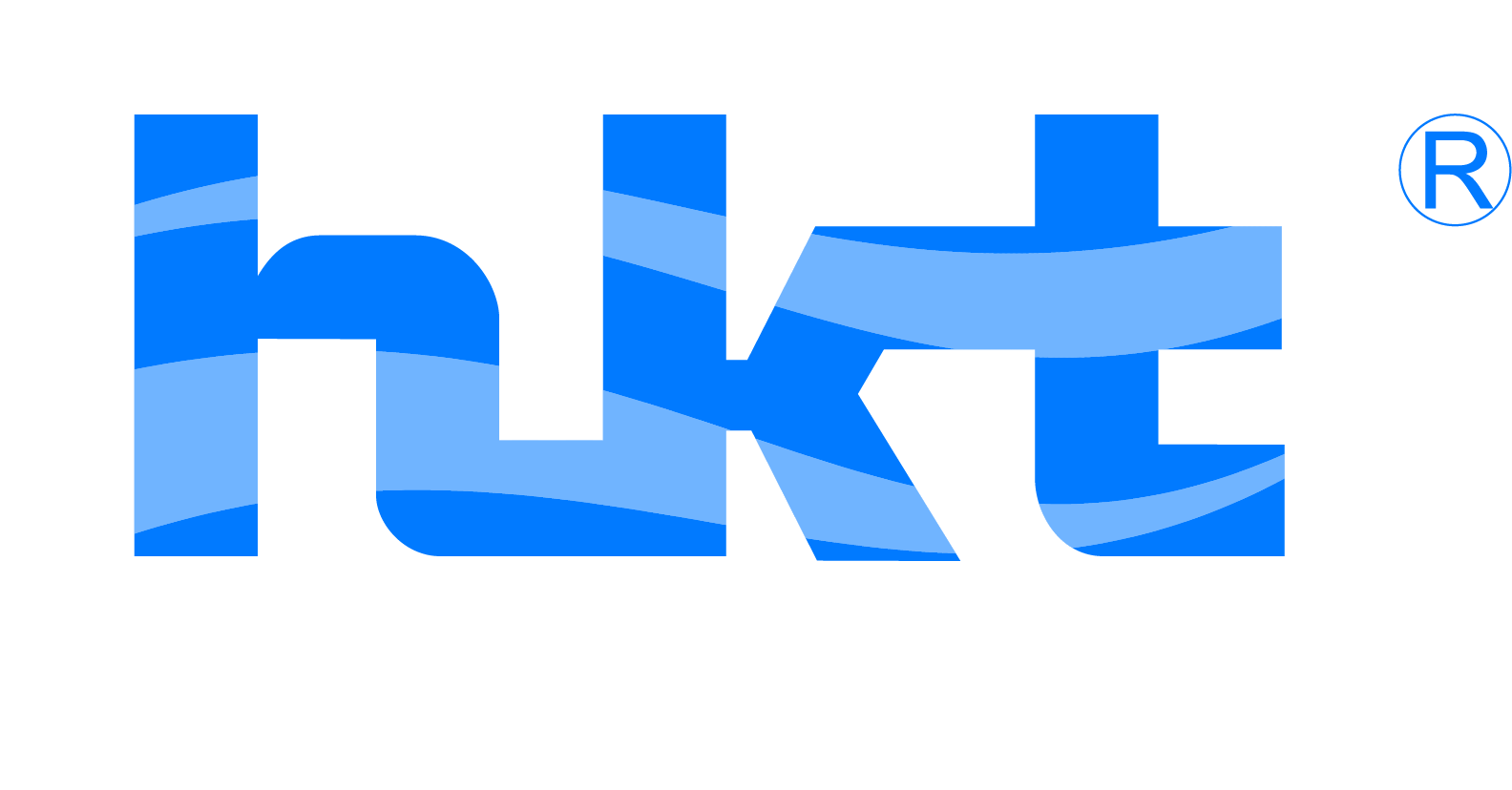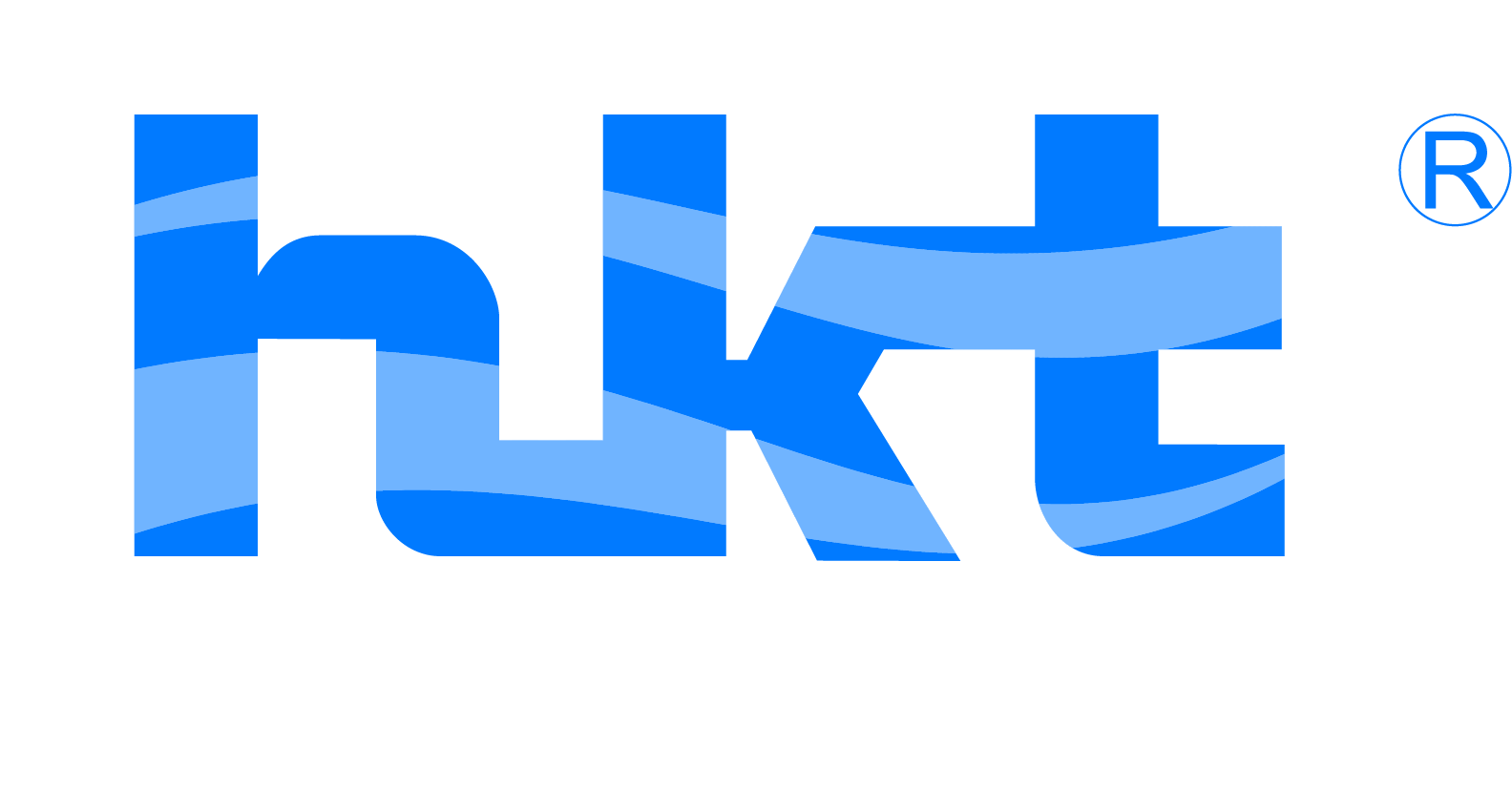The Difference Between Lorawan and 5G
The LoRa protocol interconnects with cellular IoT at the data management level, providing robust remote coverage of up to 10 miles. 5G, on the other hand, is an upgrade to 4G networks that define options for interconnecting with non-cellular technologies such as Wi-Fi or Bluetooth. Compared to 5G, LoRaWAN is a relatively simple technology, built from the ground up to serve specific use cases. Not only does it require lower cost, but it also offers greater accessibility and enhanced battery performance.
But this does not mean that LoRa-based connectivity can be a replacement for 5G. Rather, it enhances and extends the potential of 5G, supporting implementations that use deployed cellular network infrastructure and do not require ultra-low latency.
Designed to wirelessly connect battery-powered devices to the Internet, LoRaWAN is ideal for IoT sensors, trackers, and beacons with limited battery power and low data traffic requirements. The protocol’s inherent characteristics make it ideal for a variety of applications.
LoRaWAN leverages smart meters that are typically located in places that sensors operating in 5G networks cannot reach. By ensuring the required access and range, LoRaWAN-based solutions allow remote day-to-day operation and collection of data that translate information into action without the manual intervention of field technicians.
The recent LoRaWAN project deployed and implemented in Germany in the utility sector proved to be efficient in smart utility networks as well. The pilot project pools electricity from renewable energy sources and new controllable consumers into the grid to enable sustainable control of the energy transition.
For more information, please visit this link.



